One of the easiest mistakes to make about history is to assume that the past is like the recent past, only more so. It’s a natural human tendency to project the outcome of events backwards, ignoring the fact that the arc of history really doesn’t work like that.
In the case of Ireland that tendency to see the past in terms of outcomes is particularly misleading. The state that came about less than a century ago as a result of the Easter Rising, the war of independence and partition was socially conservative and strongly Catholic. Roy Foster’s achievement is to show that this need not have been so. This book — the title is from W.B. Yeats’s ‘Easter 1916’ — takes a close look at the generation of nationalists that came to political maturity between 1890 and 1916, and reveals a rich and assorted cast of characters with a diversity of views and preoccupations — feminism, socialism, religious diversity, sexual liberalism, the works. It is also the story of how they were, in the event, written out of history.
The cast — more of a menagerie than a coterie — includes well known figures of the Republican pantheon such as Padraig Pearse, Thomas MacDonagh and Roger Casement, as well as people now largely forgotten such as the Anglo-Irish Cesca Trench and the Waterford Quaker Rosamund Jacob. He describes them as the ‘revolutionary generation’, and indeed they were antipathetic to the Irish parliamentary party and at odds with the cultural mainstream represented by Yeats and the Abbey Theatre. It’s no coincidence that many of them were from prosperous or privileged backgrounds. A conspicuous number were Protestant. Foster muses on how it was that young people who were on the right side of the class divide could see themselves as oppressed — as, in terms of nationalism, they did. In fact, one of the running themes of the book is the extent to which the national question in Ireland trumped class.
The beauty of Vivid Faces is that it is squarely based on the testimonies of the characters themselves — letters, diaries, articles, books and later memoirs — and shows them as they were, not in the light of what they became, especially those revolutionaries sanctified in the selective historical memory of the Irish Republic. So, the Protestants, Quakers and anti-clericals, the feminists and socialists, the sexually active and homosexuals, get their due here, alongside revolutionaries from more conventional backgrounds.
Roger Casement is a familiar example — a Protestant republican homosexual — but Republican circles included not only other flamboyant homosocials such as the colourful Ulster Protestant Francis Joseph Bigger (whose plays and processions on early Irish themes featured an assortment of comely youth) and lesbian couples living together without censure, but also the sublimated homosexuality of Padraig Pearse. Actually, it’s difficult for modern observers to read about pageants featuring young men dressed as the Fianna (including striking goose-wing helmets) at Pearse’s school, St Enda’s — some of the photos are richly comic — without seeing them as festivals of high camp, though they undoubtedly served a useful ideological purpose.
For this generation, national activism, of which learning Irish was an important part, usefully coincided with romantic and sexual adventure, at least for some. There are very funny accounts here of how summer schools in the Irish-speaking west of Ireland were an opportunity for unchaperoned young people enthusiastically to pair off.
In fact, the overall impression is of an Ireland 100 years ago which was culturally diverse, bristling with exuberant personalities and intellectually rich. You could, of course, say that about Europe generally — try comparing individuals prominent in the arts and politics in 1914, category by category, with their contemporary equivalents, just to see how far we’ve declined — but Dublin was remarkable even then. It had both the advantage of smallness, so people knew each other, and the sophistication of a European capital. Advanced nationalists who spurned English drama embraced Ibsen and Chekhov.
Public debate before the war was impressively vigorous — far more so than now. No fewer than 332 newspapers were in circulation, not counting English papers. The mosquito press was influential even if the journals were often short-lived, and it was remarkable the extent to which Dublin Castle turned a blind eye to this inflammatory material. Nor was it just the political elite who were impressively articulate; Foster notes that police reports were ‘marked by pleasingly complex punctuation, elegant phrasing and a sense of dramatic narrative’.
So where did it all go wrong? The death of the pluralist Ireland-that-might-have-been started with the British capitulation to Ulster Unionist opposition to the Home Rule Act, which effectively killed off the Irish parliamentary party and constitutional politics. The Easter Rising of 1916 — which this book portrays as theatre as much as rebellion — was the culmination of the aspirations of the revolutionary generation, but it only radicalised the public when it was followed, with unerring British hamfistedness, by the execution of its leaders. The war of independence and partition reinforced the position of those who could seize the revolutionary moment, including Eamon de Valera, who were not necessarily the same as the radicals who dominated nationalist politics before. Partition left Ulster Protestant nationalists, a notable breed, high, dry and excluded.
The upshot was that many, perhaps most, of the revolutionary prewar generation felt profoundly disillusioned by the Irish state for which they had struggled. One radical, Hanna Sheehy Skeffington, records:
Here we are rapidly becoming a Catholic statelet under Rome’s grip — censorship and the like, with a very narrow provincial outlook, plus a self-satisfied smugness. Result of a failure of revolution really.
A failure of revolution it was. But there can be few better accounts of the people who engaged in it than this book. Foster writes with unconcealed delight about the foibles of these wonderful individuals as well as their achievements. ‘To know the dream of the revolutionaries,’ he writes, ‘it may help to get back before hindsight into that enclosed, self-referencing, hectic world where people lived before 1916.’
There will be any number of accounts of the Easter Rising and its genesis in the run up to the centenary, but few will be as enjoyable as this.
Got something to add? Join the discussion and comment below.
Get 10 issues for just $10
Subscribe to The Spectator Australia today for the next 10 magazine issues, plus full online access, for just $10.
Available from the Spectator Bookshop, £14 Tel: 08430 600033
You might disagree with half of it, but you’ll enjoy reading all of it. Try your first month for free, then just $2 a week for the remainder of your first year.

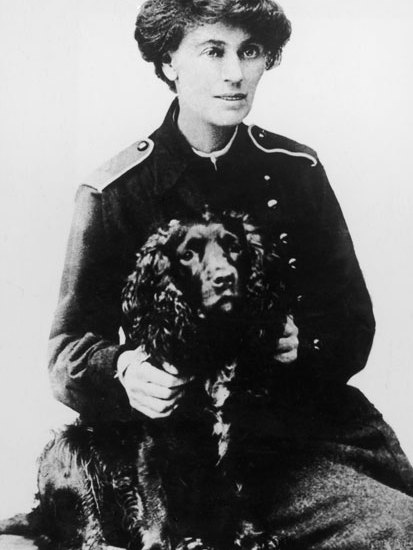
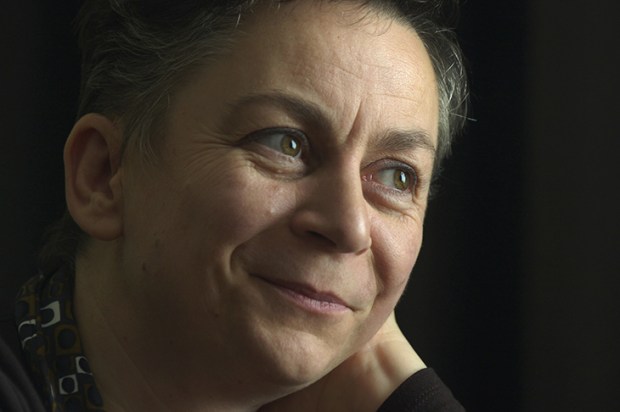
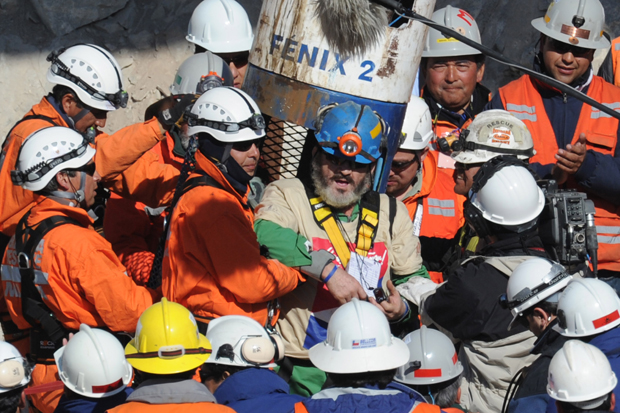
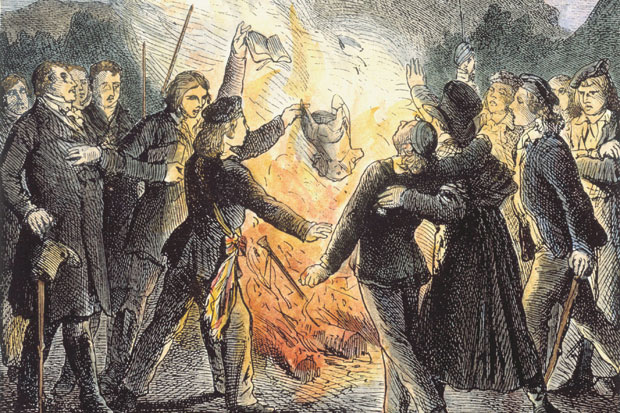
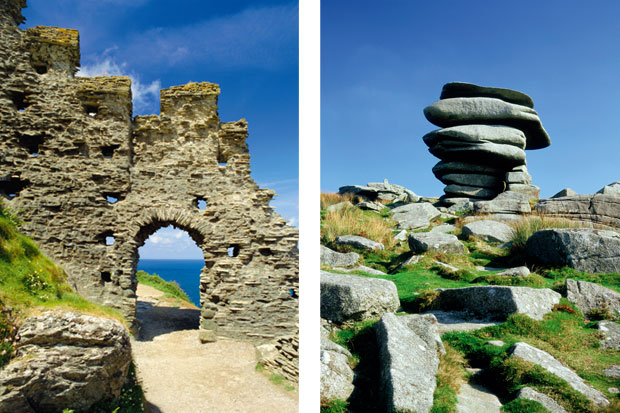
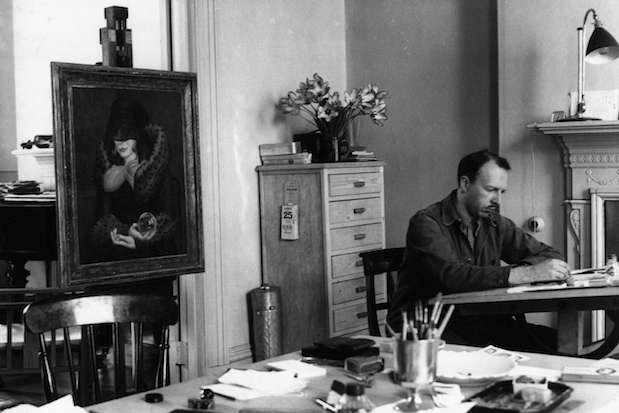
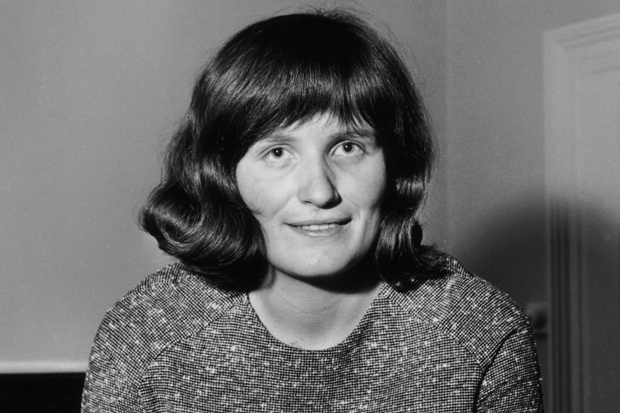






Comments
Don't miss out
Join the conversation with other Spectator Australia readers. Subscribe to leave a comment.
SUBSCRIBEAlready a subscriber? Log in